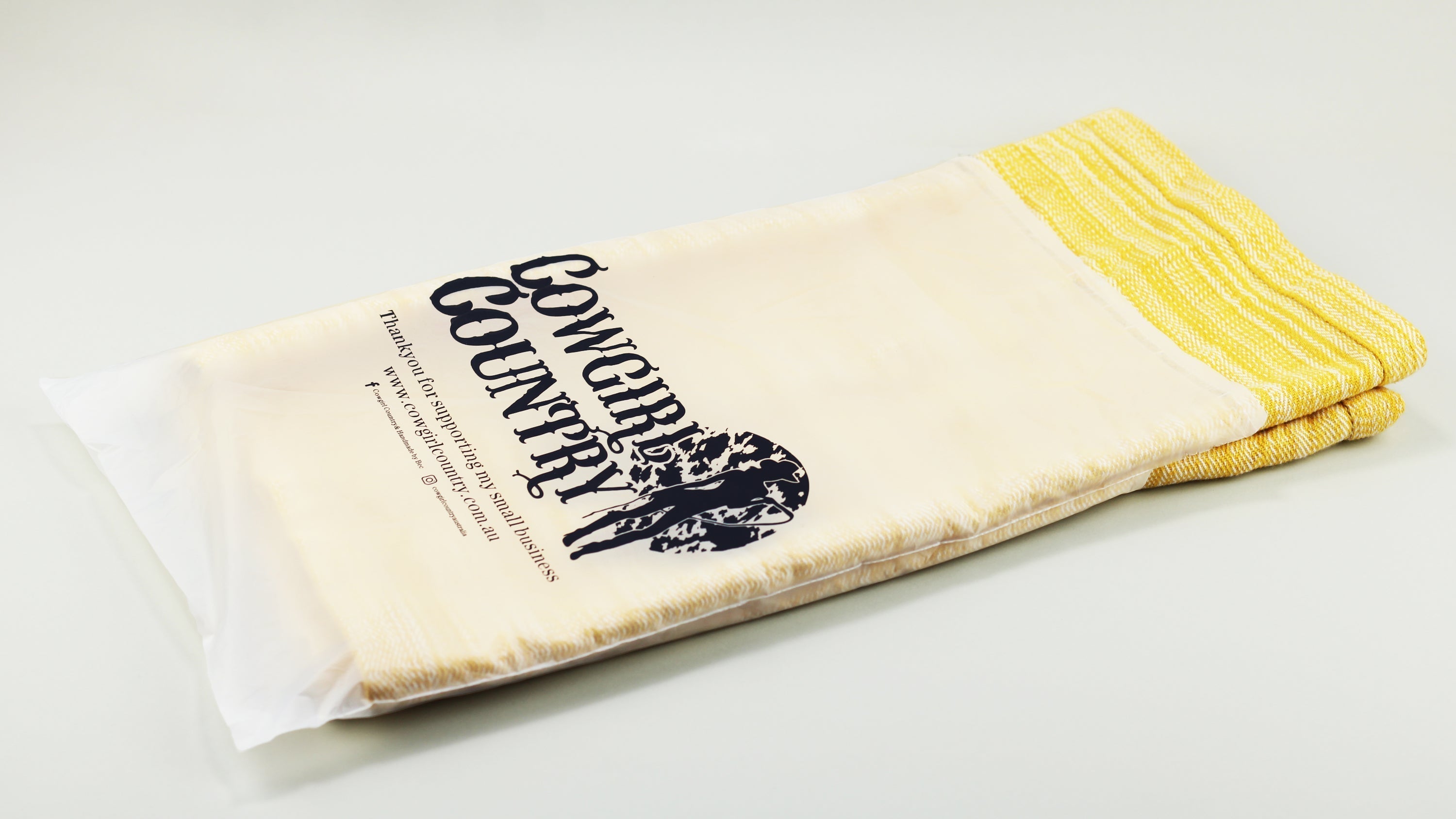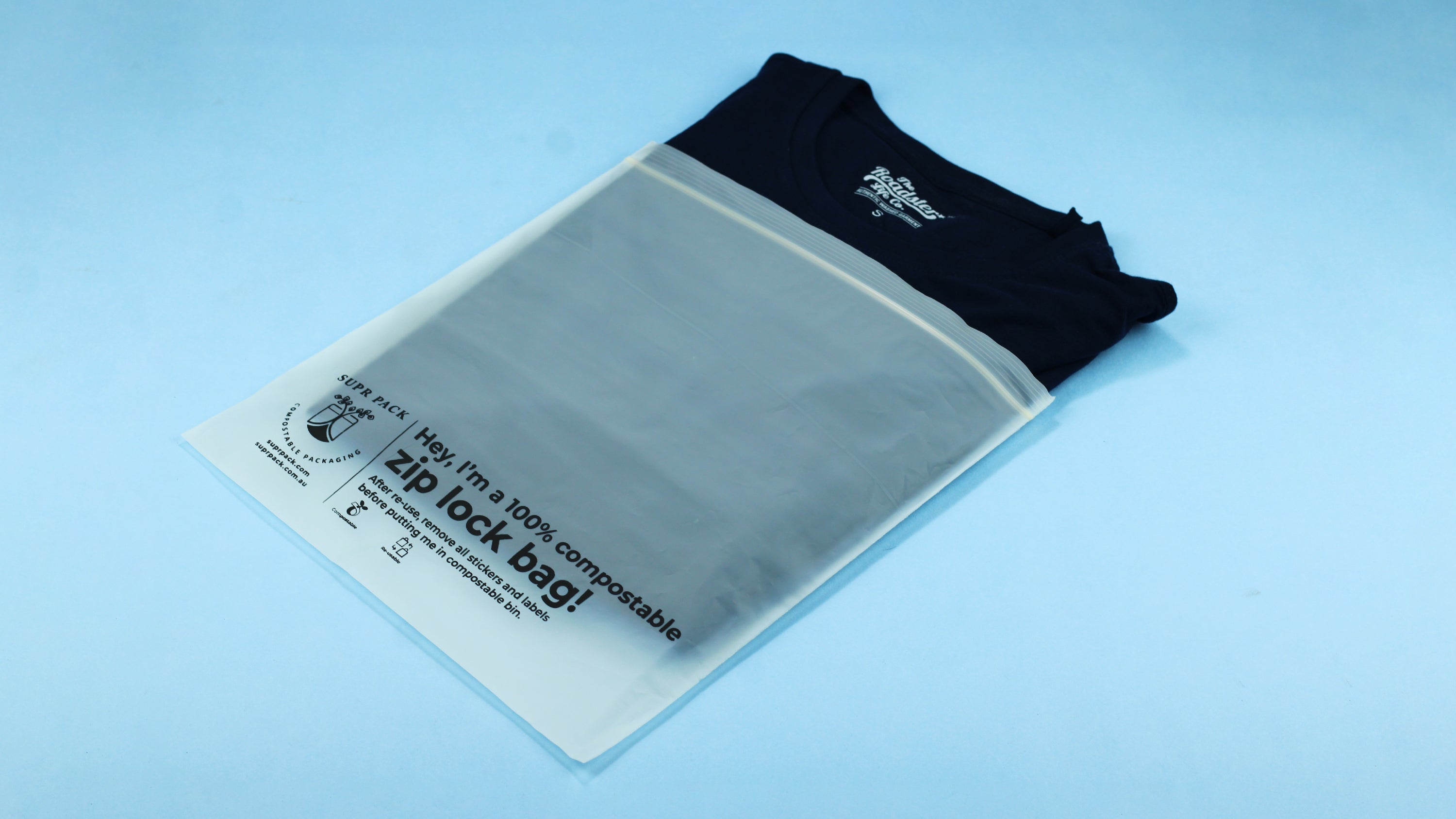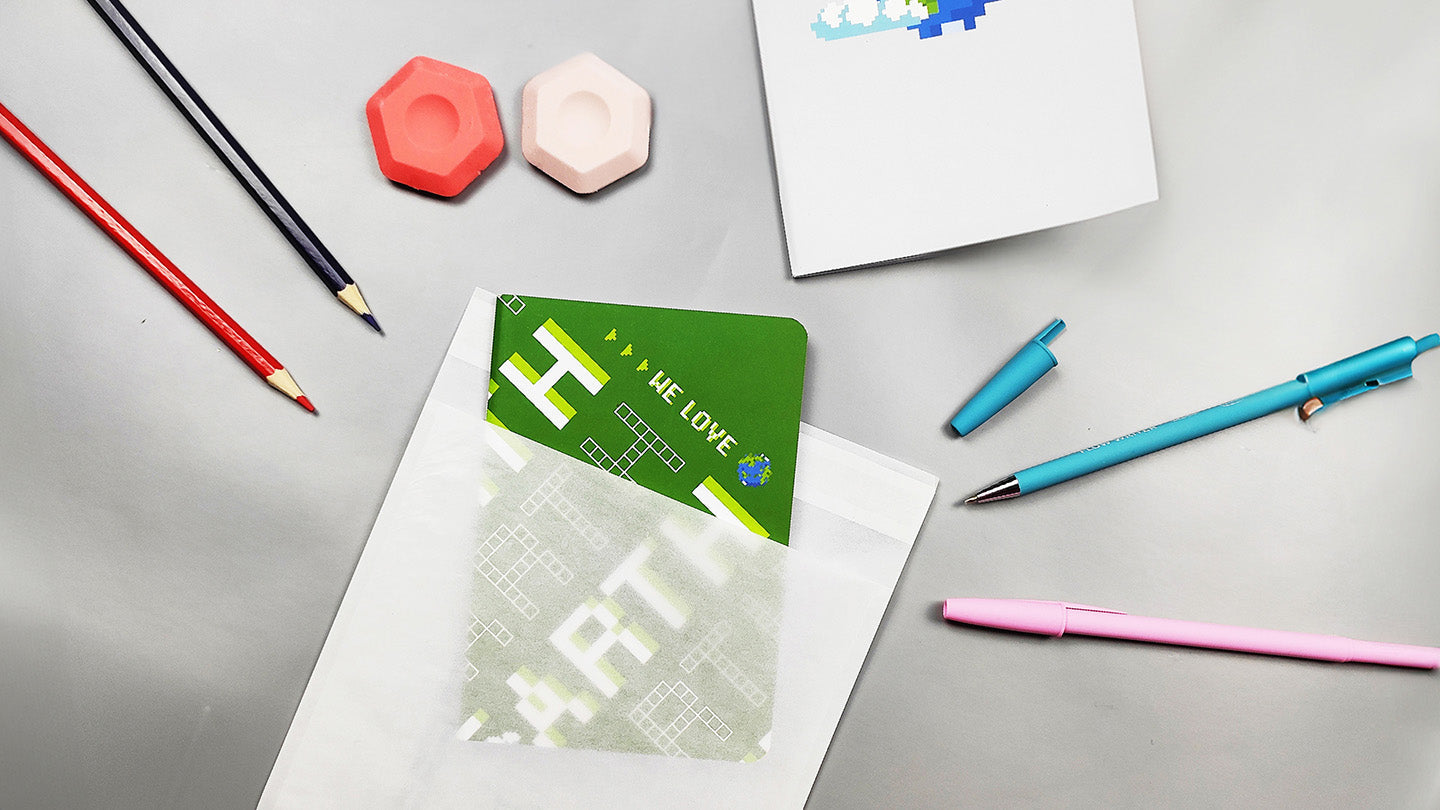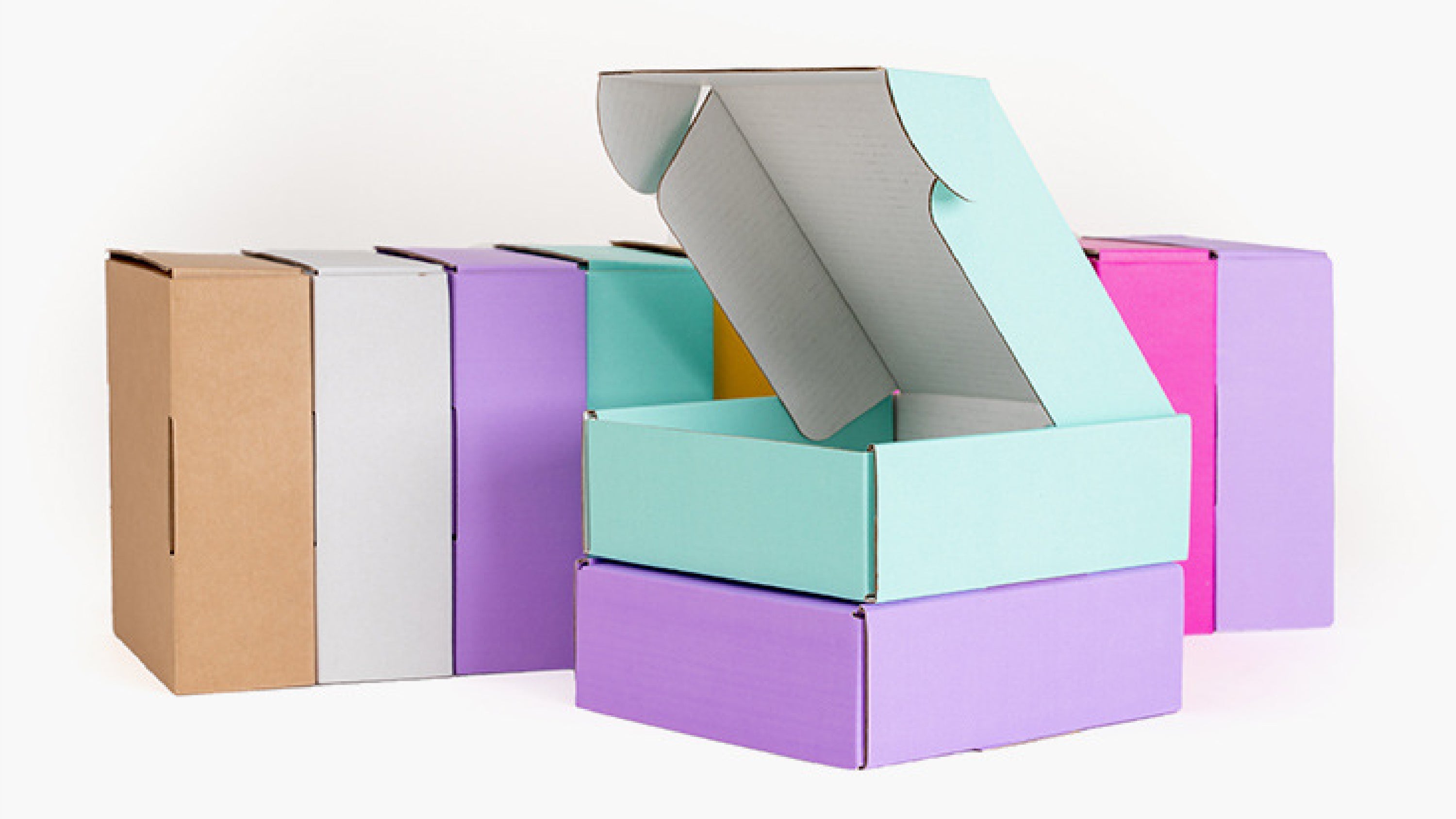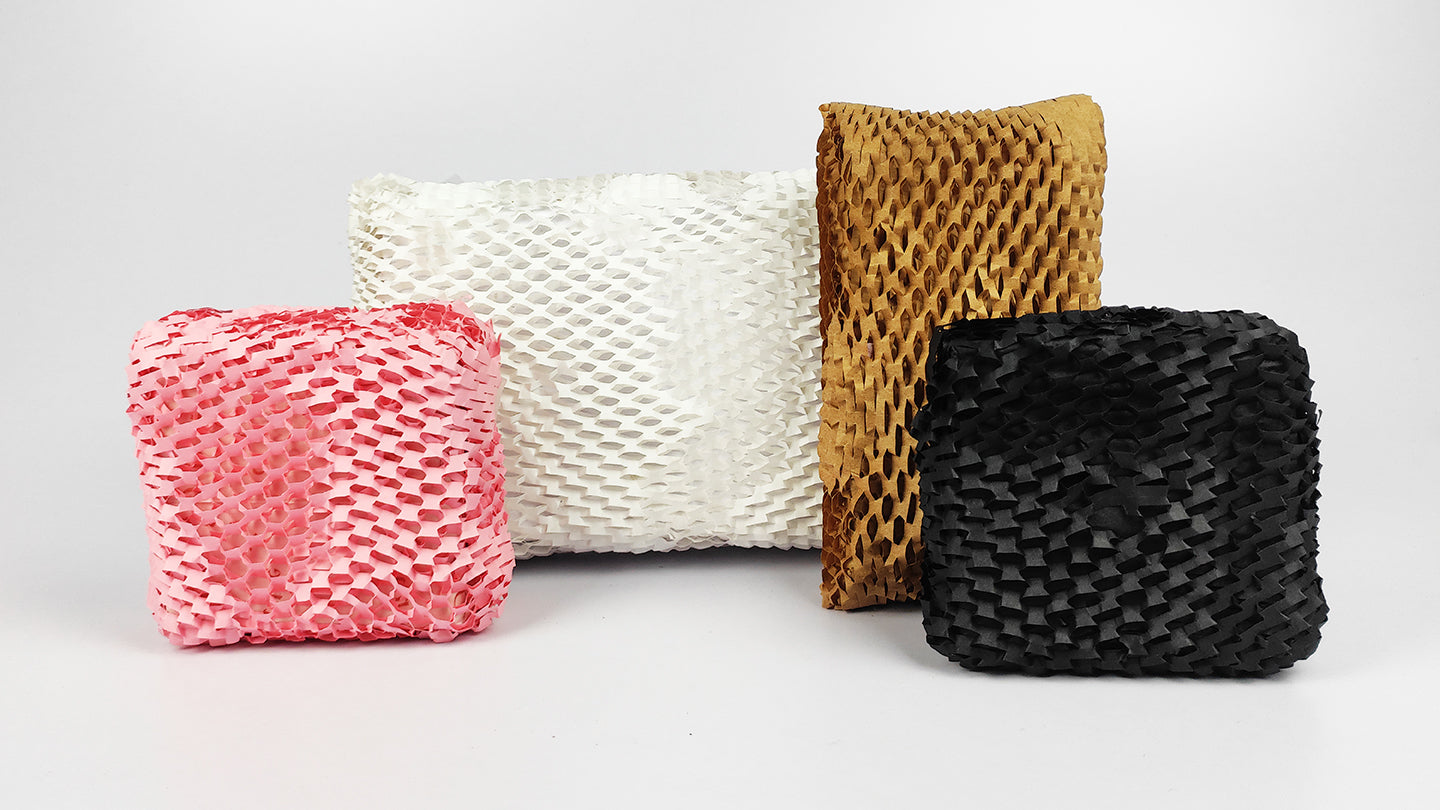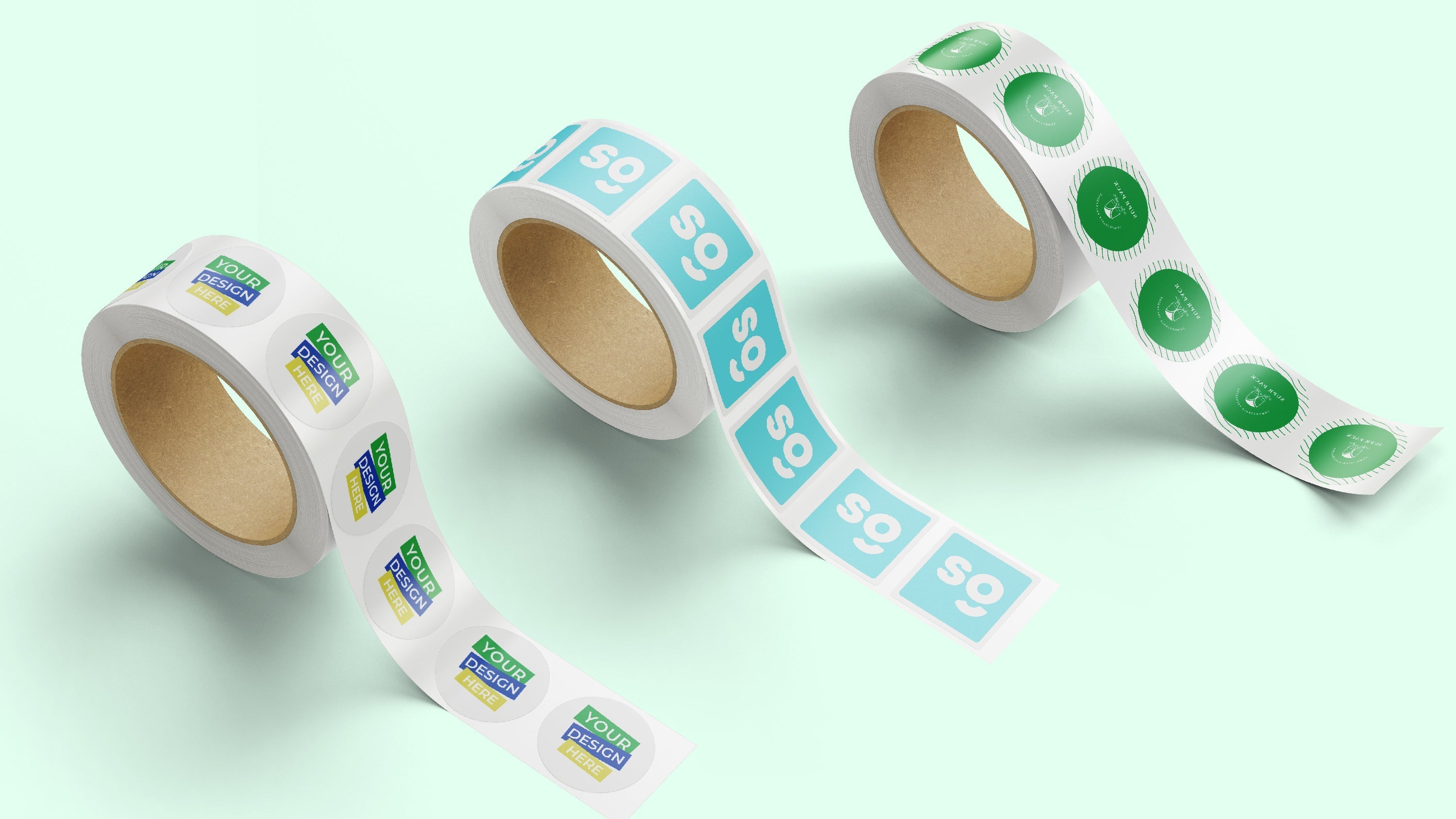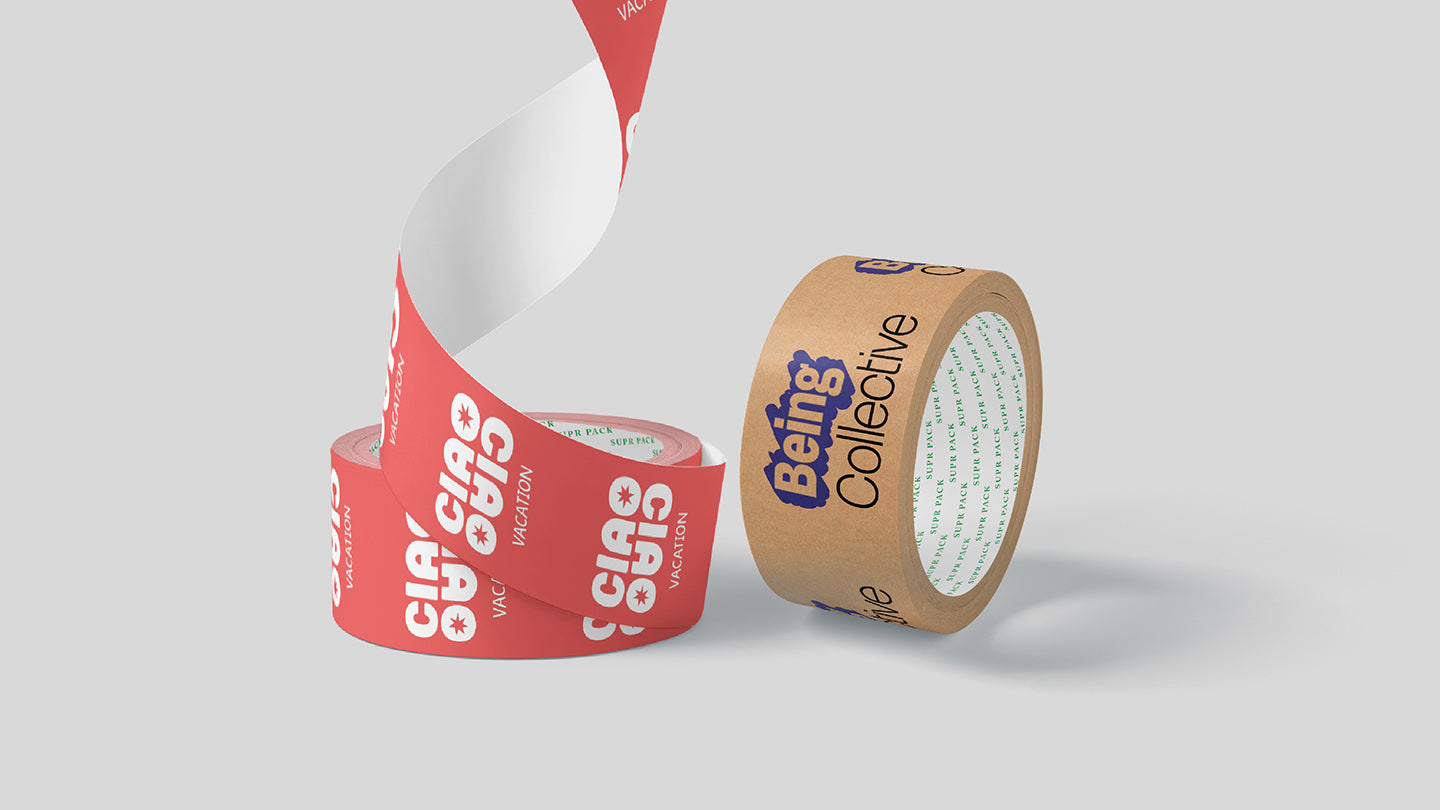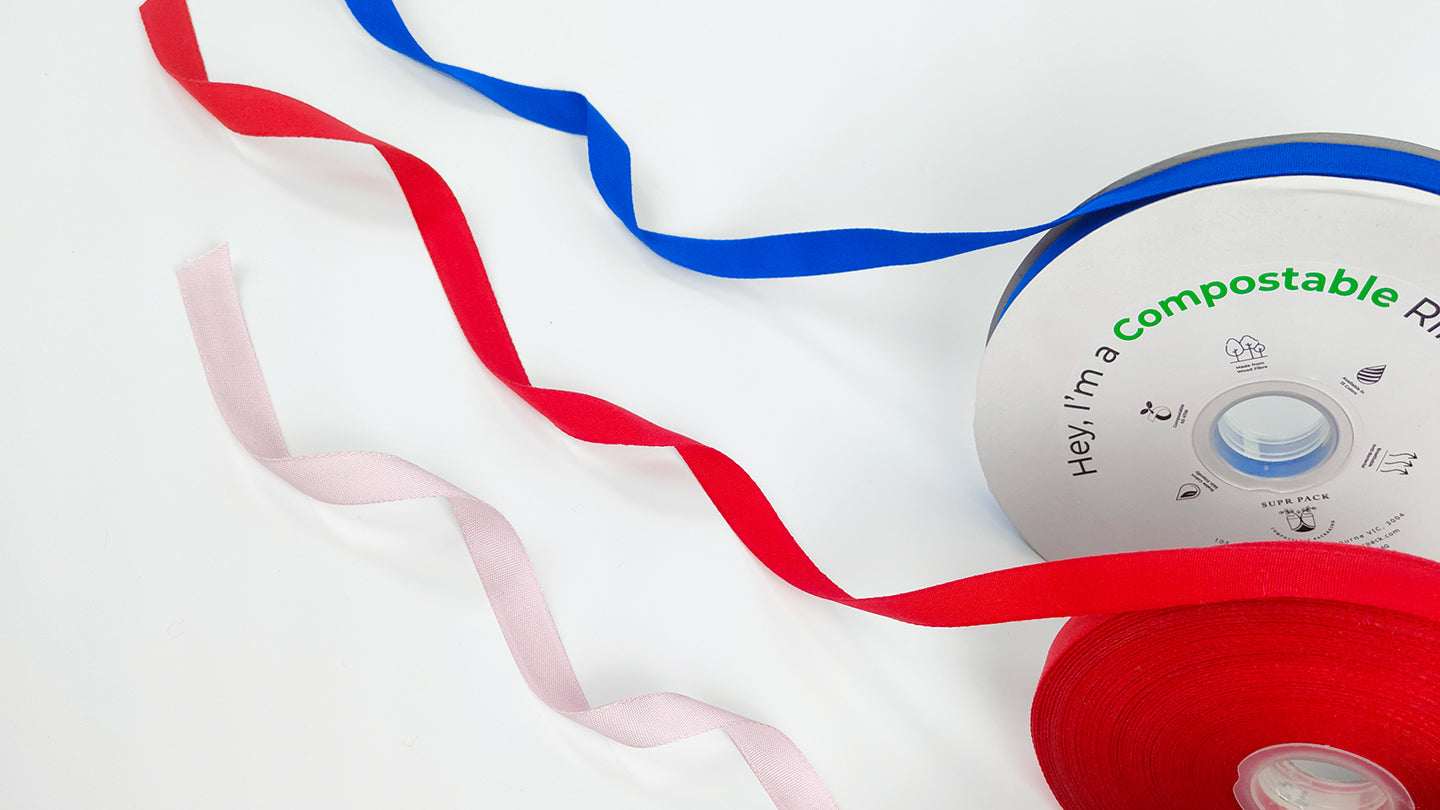WHO INVENTED BIODEGRADABLE PLASTIC BAGS?
What are Biodegradable Plastic Bags, and how do you use them?
Biodegradable plastic bags are made from ingredients that degrade fully after a certain amount of time. Most biodegradable plastic bags are supposed to dissolve in three years, while many disintegrate far faster. The bags are harmless to the environment and leave no trace. To degrade, biodegradable plastic bags require two essential ingredients. The bags must be exposed to light and oxygen. As a result, biodegradable plastic bags do not begin to degrade until they have been exposed to light and air after being manufactured. Biodegradable bags are now widely used by merchants and businesses as eco friendly packaging.
Why were biodegradable bags invented?
Biodegradable bags, unlike plastic bags, are constructed of petrochemicals, which degrade faster.
They have additives that degrade when exposed to moisture (heat) and light. These bags are made without the use of any chemicals, making them environmentally friendly. Biodegradable garbage bags minimize the waste produced by garbage bags every day because of these advantages.
Who invented and the history of biodegradable plastic bags?
One of the most frequent products in everyday life is plastic bags. And they're at the center of a battle that's raging in cities all over the planet. Take a look at the information provided by various organizations. As a result, concerned organizations are encouraging plastic recycling and the usage of eco friendly shipping bags to reduce the concerns mentioned. However, not everyone follows these recommendations and continues to use plastic bags.
A young Filipino inventor with this has effectively developed a viable solution to the severe problem that is the plastic bags which is biodegradable.
Amin Hataman, a student 15-year-old who studied at Fountain International School Metro Manila, in San Juan City designed a Nata de Coco-based biodegradable plastic bag. He focused his research study on biodegradable plastic alternatives and learned about the cellulose qualities of Nata de Coco.
Hataman claims that as a child, he observed people's regular practice of putting non-biodegradable rubbish inside.
As he continued his research, the notion of employing alternative materials for plastic finally led him to discover the coconut byproduct, which possesses cellulose properties that are identical to those of plastic.
He then developed the nata de coco-based biodegradable plastic bag. After many days of exposure to the outdoors, the bags spontaneously dissolve. He competed in the school Science competition and won.
His Science teacher recognized the potential of his research and entered it in several international competitions. Amin Hataman is now a recognized global award-winning biodegradable plastic bag innovator. Hataman's creative ideas have been acknowledged worldwide, with several governments taking notice of his revolutionary plastic bags.
Conclusion:
The concern of plastics languishing in landfills for years has produced a stir in the packaging sector, prompting the introduction of environmentally friendly packaging.
Environmentally friendly packaging includes compostable mailer bags. The most commonly discarded plastic item is garbage bags. One invention that promotes the cause of bio packaging is the biodegradable rubbish bag. Many environmental issues can be solved simply by replacing plastic waste bags.



